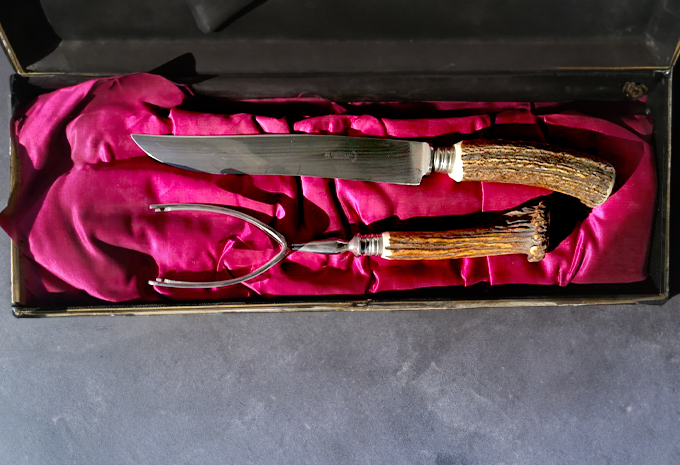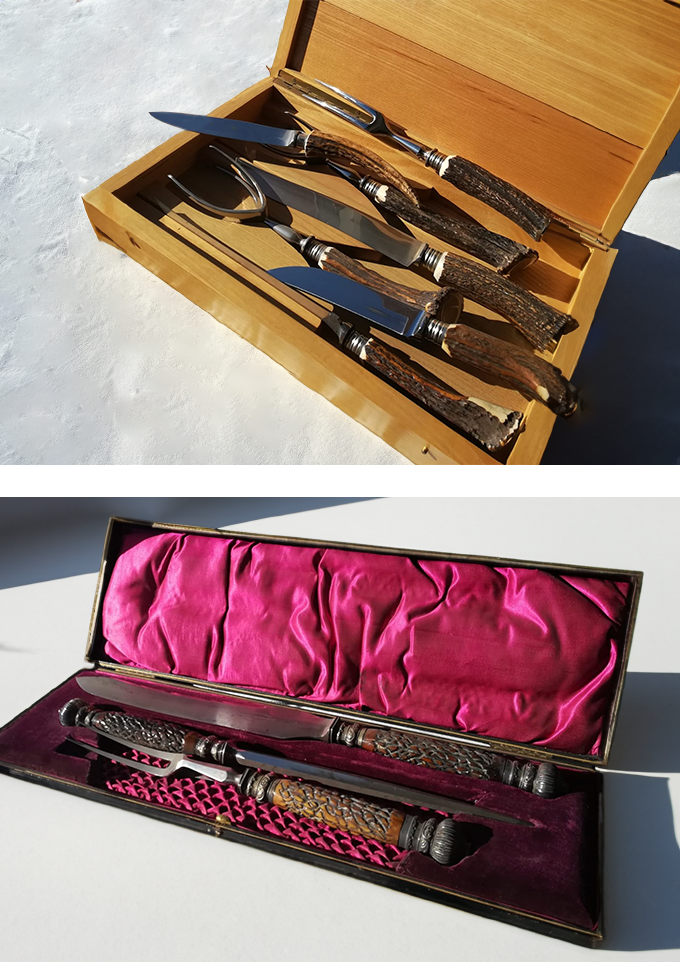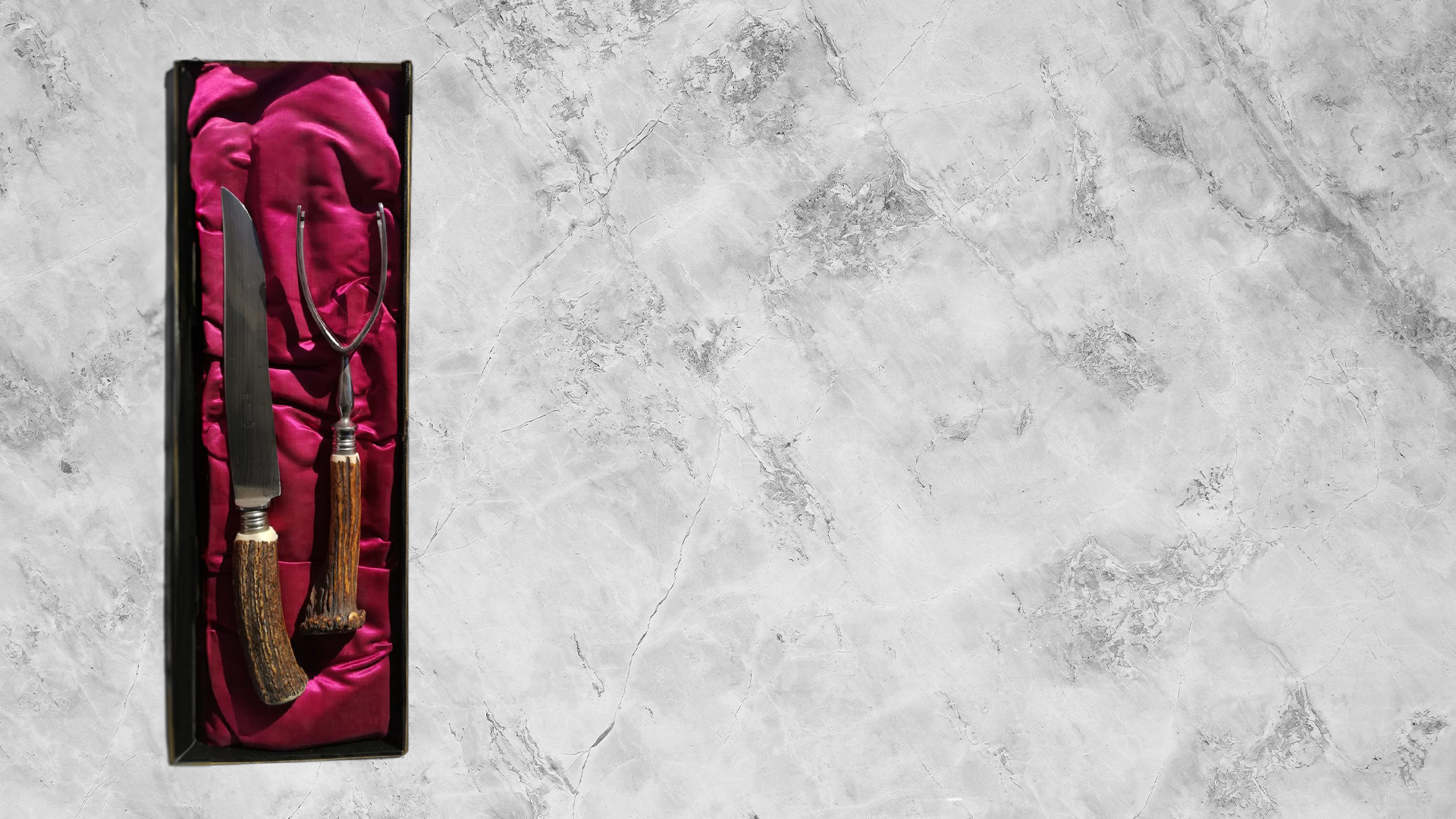The task of carving meats passed thus to the carver, who, along with the steward and the cupbearer, was considered one of the "three principals of the mouth," although the steward was assigned the greater responsibility, to the extent of being elevated to the rank of master of the house and court dignitary.
Although the art of carving is the oldest, the first texts discussing the noble art of the Carver date back to the 16th century. In this regard, the first rare edition of Colle 1520 is mentioned, followed by the better-known Cervio 1581, Evitascandolo 1609, Giegher 1621, Molinari, and Frugoli. Of the latter, a voluminous treatise has survived, "Pratica e scalcaria," authored by a native of Lucca who lived between the 16th and 17th centuries, published in Rome in 1631. Among other things, it constructs a rich encyclopedia of gastronomic knowledge that has no rivals in the seventeenth century.
The Carver was a character of noble birth who, at the tables of Princes and Lords, was responsible for carving large pieces of food according to very precise rules handed down by an ancient tradition and from multiple experiences.


It was his duty to select the finest morsels destined for his lord and the most important guests.
In the 'Dialogue of the Carver,' Evitascandolo lists several virtues and qualities that one must possess in order to exercise this office: 'First of all, he must be young, handsome, well-dressed, of natural grace, quick in service, and clean.' He must also be strong and robust because 'it is very tiring to have a turkey on the fork and not put it down until he has finished serving those he has to serve.'
At that time, the prestigious art of the 'Trinciante all'Italiana' was practised. Holding a large piece of meat, a whole bird or a large fish in the air with a fork, the Trinciante wielded a knife suited to the task. They would cut the piece according to the dictates of the ancient art, never resting it on a tray or cutting board. The trinciante carried a small sword at his side, a symbol of the importance of his role and of an art that was anything but submissive. They had mastered the dignified demeanour and elegant handling necessary for their part in the grand stage performance of the 16th century banquet. They learnt from specialist texts how to secure pieces of meat or whole animals for cutting and serving, using precise and confident strokes according to predetermined lines that varied according to the animal.
The Carver had a set of tools, which, according to Evitascandolo, should consist of six knives and five forks, because each dish requires forks with teeth of different thicknesses to grip it. Nowadays, if you want to carve in the dining room, you have to ask the chef for help; very few waiters and maîtres are capable of carving a rack of lamb or a joint of lamb or filleting a large fish in front of the customer. Perhaps this is due to plated service, which has reduced the role of these professionals to mere 'plate carriers’.
Eugenio Medagliani
